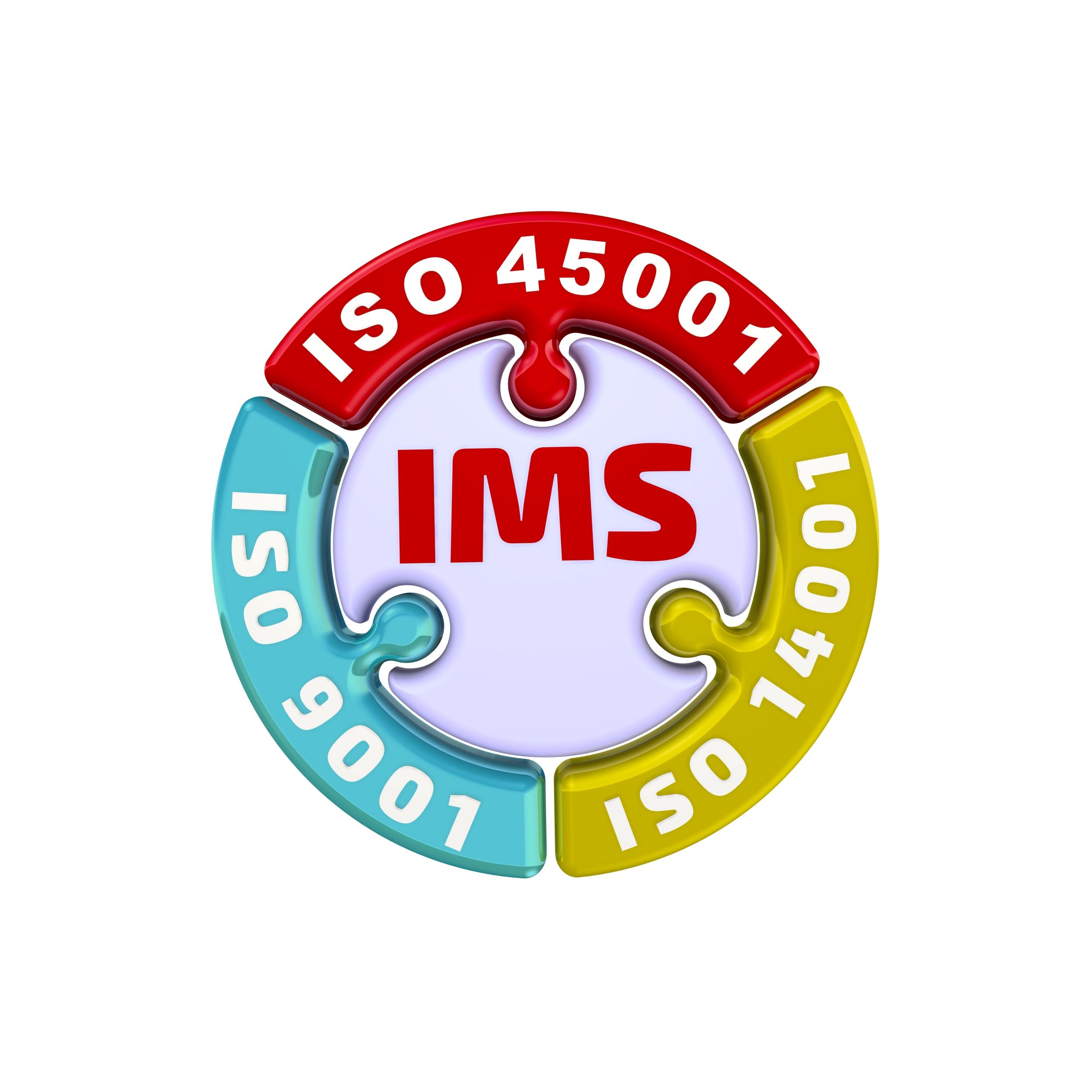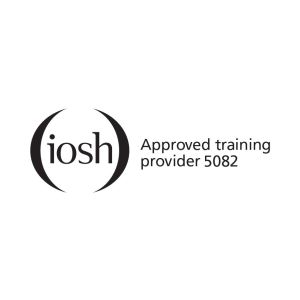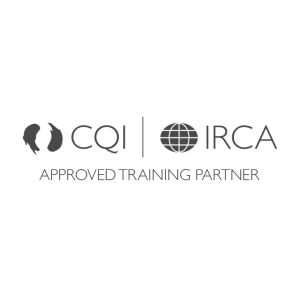
The Value of Integrating Management Systems
Now that ISO 45001 has joined the ‘Common Structure Gang’ it has never been easier to integrate your key management systems and enjoy the benefits that a single system will bring.
Before we look at the practical benefits of integration let’s review the Common Framework because here is where the value starts. Assessing Organisational Context and Risk and Opportunities should never have been something done in the splendid isolation of any particular discipline.
For example, assessing a Supply Chain and the risks of supply disruption is far too familiar to many of us at the moment. But moving to a new supplier, away from the comfort blanket (and maybe complacency?) of one that has served you for years can have significant cross discipline impacts; Can the new supplier meet the specification requirements? (Quality), Does the new supplier employ a sustainable sourcing policy? (Environment), Do product handling and delivery options meet your H&S requirements? (H&S), Is data securely maintained by the new supplier, (Security)? And the list goes on.
It is therefore crucial that many Common Structure clauses are looked at from an integrated perspective. Sounds like multidiscipline planning meetings are needed! Input and buy in from the disciplines prior to decision making can save unforeseen implications tarnishing a promising project.
This is common sense stuff but isn’t a well organised management system just that?
Here’s some other practical benefits;
1. Reduce your Certification Audit days
2. Remove duplication in tasks, saving time
3. Drive effective internal audits delivering greater value to the business
4. Improving the synergy across the various disciplines with their differing objectives to assure balanced performance outcomes, (avoiding “Robbing Peter to Pay Paul”)
5. Greater understanding of the combined impacts of the various roles and much clearer defined accountability within the organisation – stronger, more productive teamwork
6. Greater standardisation and consistency of key management processes, e.g., establishing Policy and Objectives, Risk and Opportunity Management, Operational Planning, Supplier Management, Training and Competence Development, Internal Audits, Analysis of Performance Data, Management Review, Management of Continual Improvement Initiatives
7. Reducing bureaucracy and potential areas of conflict between disciplines
8. Significantly improved alignment of the combined discipline objectives and key IMS processes with the organisations strategy and business goals
9. Cost reductions from working one IMS as opposed to managing 3 or more separate systems
10. Optimised processes and resources
11. Improving cross-discipline awareness, knowledge and skills offering greater capability and deployment flexibility across the entire workforce
12. Simplifying the addition of further Standards to your Management System
For those organisations who have embraced an integrated approach you will recognize the points made above and I’m sure you may have seen many more benefits that have not been mentioned.
For those that have not, please consider it. The benefits are real.
If you need support or would just like to talk through the possibilities, please get in touch https://iqmslearning.co.uk/contact and we’ll do our best to support you.







